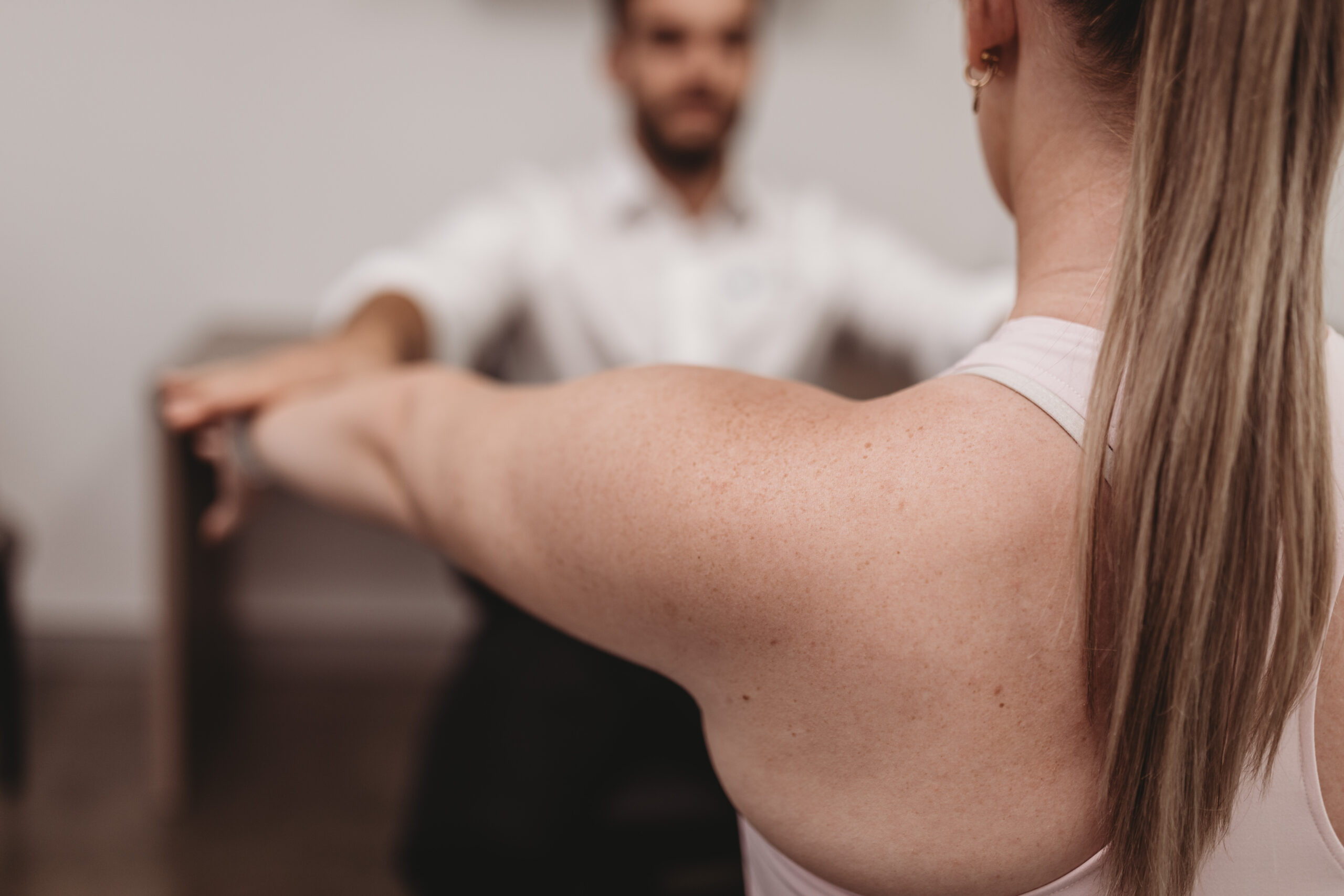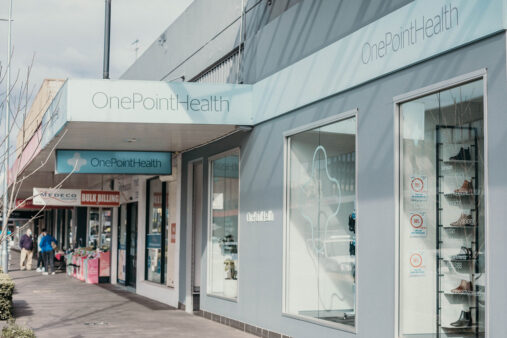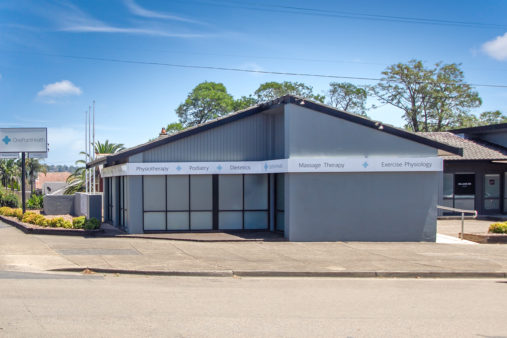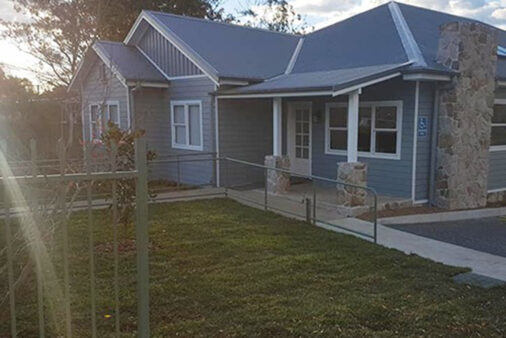Shoulder dislocations occur when the ball-shaped humerus is forced from the shoulder socket, but physiotherapy combining joint mobilisation, strength training, and activity progression can aid recovery and reduce recurrence risk.
What is a Shoulder Dislocation?
The shoulder joint is a ball-and-socket joint, and a dislocation happens when the ball-shaped head of the humerus is forced out of the glenoid fossa – the shallow socket in the shoulder blade. It occurs due to traumatic injury or excessive force.
Shoulder dislocations are often the result of a sudden impact or force, such as a fall onto an outstretched arm, a direct blow to the shoulder, or a sudden twist. This can cause the ligaments that hold the shoulder in place to stretch or tear, allowing the joint to come out of its normal position. Additional injuries that can occur as a result of a dislocation can be a Hill Sachs lesion which is a “dint” in the head humerus, or a Bankart lesion where a piece of the glenoid cartilage rim breaks off. All of them result in shoulder instability.
Symptoms of a shoulder dislocation may include intense pain, swelling, and the inability to move the shoulder. The dislocated shoulder may appear deformed, and there may be a feeling of instability. In some cases, nerves or blood vessels around the shoulder may be affected, leading to additional symptoms.
Immediate medical attention is necessary for a shoulder dislocation. Healthcare professionals will typically use a procedure called reduction to maneuver the humerus back into its proper place. Following a reduction, imaging is necessary to assess the extent of the injury. The shoulder may be immobilised for a period to allow the ligaments and tissues to heal. Medical follow-up with a trained healthcare professional is essential so the correct course of action can be taken.
Treating Shoulder Dislocations
It’s important to note that treating a shoulder dislocation should be done by medical professionals. If you suspect a shoulder dislocation, seek immediate medical attention. In the meantime, here are some general guidelines on what you can do before getting professional help:
Do Not Attempt Self-Reduction Without Training:
It’s crucial not to try to pop the shoulder back into place on your own unless you are a trained medical professional. Untrained attempts may cause further damage.
Initial Immobilising of the Arm:
Help support the injured arm by immobilising it. You can use a sling or improvise with a cloth to create a makeshift sling to keep the arm in a comfortable position. This is only for the short term until assessed and given direction by a trained professional.
Apply Cold Compress:
Applying a cold compress or ice pack to the shoulder can help reduce pain and swelling. Place a cloth or towel between the ice pack and the skin to prevent frostbite.
Pain Management:
Over-the-counter pain relievers like acetaminophen or ibuprofen can be used to manage pain, but it’s important to follow proper dosage instructions.
Seek Medical Attention:
Get to the emergency room or see a healthcare professional as soon as possible. They will perform a procedure called reduction to put the shoulder back into its socket. This should be done by trained medical personnel to avoid complications.
Follow Up Medical Advice:
Once the shoulder has been reduced, your healthcare provider will recommend the next course of management to aid in the recovery process. Follow their instructions closely. Depending on the extent of the injury, age of the person, and future demands of the individual, surgery may be required
Consider Physiotherapy:
Rehabilitation is often a crucial part of recovery after a shoulder dislocation. Physiotherapy can help strengthen the shoulder muscles and improve range of motion.
Remember that every shoulder dislocation is unique, and the treatment approach may vary based on the severity of the injury. It’s essential to consult with a healthcare professional for proper diagnosis and treatment. Attempting to treat a shoulder dislocation on your own or ignoring the injury can lead to complications and long-term issues.
Conservative management of a Shoulder Dislocation
Conservative management of a shoulder dislocation involves non-surgical methods to treat the injury and promote healing. Here are the general steps involved in conservative management:
Physiotherapy:
Once the acute phase has passed and the shoulder is more stable, physiotherapy is often recommended. Physiotherapists can guide you through exercises to improve strength, flexibility, and range of motion in the shoulder. These exercises help prevent recurrent dislocations and enhance overall shoulder function.
Gradual Return to Activity:
As the shoulder heals and gains strength, your healthcare provider may guide gradually return to normal activities. It’s important to follow their recommendations to avoid re-injury.
Monitoring and Follow-Up:
Regular follow-up appointments with your healthcare provider are essential to monitor the progress of the shoulder’s healing. They may adjust the treatment plan based on your recovery and guide returning to more strenuous activities.
Conservative management is often effective for first-time shoulder dislocations, particularly if there are no significant associated injuries. However, in cases of recurrent dislocations or severe ligament damage, surgical intervention may be considered. Always consult with a healthcare professional for an accurate diagnosis and appropriate management based on your specific situation.
Surgical Management of a Shoulder Dislocation
Surgical management of a shoulder dislocation may be considered in certain cases, particularly when conservative measures have not been successful or when there are factors that increase the risk of recurrent dislocations. The surgical options depend on the specific circumstances of the dislocation and associated injuries. Here are some common surgical interventions:
Bankart Repair:
A Bankart repair is a surgical procedure that addresses damage to the labrum, which is a ring of cartilage that surrounds the shoulder socket. During a dislocation, the labrum can tear, contributing to shoulder instability. In a Bankart repair, the torn labrum is reattached to the rim of the shoulder socket, helping to stabilise the joint.
Capsulorrhaphy:
Capsulorrhaphy involves tightening and reinforcing the joint capsule, which is the connective tissue that surrounds the shoulder joint. This procedure is aimed at enhancing stability by reducing excessive joint laxity.
Hill-Sachs Lesion Repair:
If a Hill-Sachs lesion is present, where the head of the humerus has made an impression on the shoulder socket during dislocation, surgical intervention may be needed. Procedures such as remplissage involve filling the defect with tissue to prevent the lesion from engaging with the shoulder socket.
Latarjet Procedure:
The Latarjet procedure involves transferring a piece of bone from the coracoid process (a bony projection on the shoulder blade) to the front of the shoulder socket. This bone transfer helps to create a more stable joint and prevent future dislocations.
Arthroscopic Stabilisation:
Many shoulder stabilisation procedures can be performed arthroscopically, using small incisions and a tiny camera (arthroscope). This minimally invasive approach can reduce recovery time and postoperative pain.
Open Stabilisation:
In some cases, an open surgical approach may be necessary, particularly for complex or revision surgeries. This involves larger incisions and direct visualisation of the joint.
Surgical management is generally considered when structural abnormalities are contributing to shoulder instability, such as significant labral tears, bone defects, or ligamentous damage that cannot be adequately addressed with conservative measures alone.
The choice of surgical procedure depends on factors such as the type and extent of the injury, the patient’s age and activity level, and the presence of any associated conditions. The decision to undergo surgery should be made in consultation with an orthopedic surgeon, who can evaluate the specific details of the shoulder dislocation and recommend the most appropriate course of action.
It is important to note that post-surgery – extensive physiotherapy is needed to ensure the correct strength procedures are followed to ensure the best surgical outcomes. This timeframe is approximately 6 months but can vary depending on the individual and their post-surgical demands.
Can Shoulder Dislocations reoccur?
Yes, a shoulder dislocation can reoccur, and the risk of recurrence is influenced by several factors. These factors include:
Age:
Younger individuals, especially those under 25 years old, may have a higher risk of recurrent shoulder dislocations. This is often associated with more active lifestyles and participation in sports that involve overhead motion or contact.
Gender:
Males tend to have a higher incidence of shoulder dislocations than females, and they may also have a higher risk of recurrence.
Activity Level:
Participation in activities that involve repetitive overhead motion, such as throwing sports (e.g., baseball, softball) or contact sports (e.g., football, rugby), can increase the risk of recurrent dislocations.
Type of Initial Injury:
The nature and severity of the initial injury can impact the likelihood of recurrence. For example, if there is significant damage to the ligaments or labrum, the shoulder may be more prone to future dislocations.
Rehabilitation and Compliance:
Following proper rehabilitation after the initial shoulder dislocation is crucial. Failure to complete rehabilitation exercises or return to activities too quickly without proper healing can contribute to recurrent instability.
Genetics:
There may be a genetic predisposition to shoulder instability, and individuals with a family history of recurrent dislocations may be at a higher risk.
Previous Dislocations:
Once a person has experienced a shoulder dislocation, the risk of recurrence is generally higher than in individuals who have not had a previous dislocation.
While conservative management, including immobilisation and physiotherapy, can effectively treat many shoulder dislocations, some cases may require surgical intervention to address underlying structural issues and prevent recurrence.
If you’ve experienced a shoulder dislocation, it’s essential to follow your healthcare provider’s recommendations for rehabilitation and activity restrictions. Regular follow-up appointments will allow your healthcare team to monitor your progress and adjust the treatment plan as needed. Here at OnePointHealth, we can help!
If you’re concerned about the risk of recurrence or have experienced multiple dislocations, consulting with one of our healthcare providers can help determine the most appropriate course of action, which may include an orthopaedic consult, additional imaging studies and, in some cases, surgical intervention.












